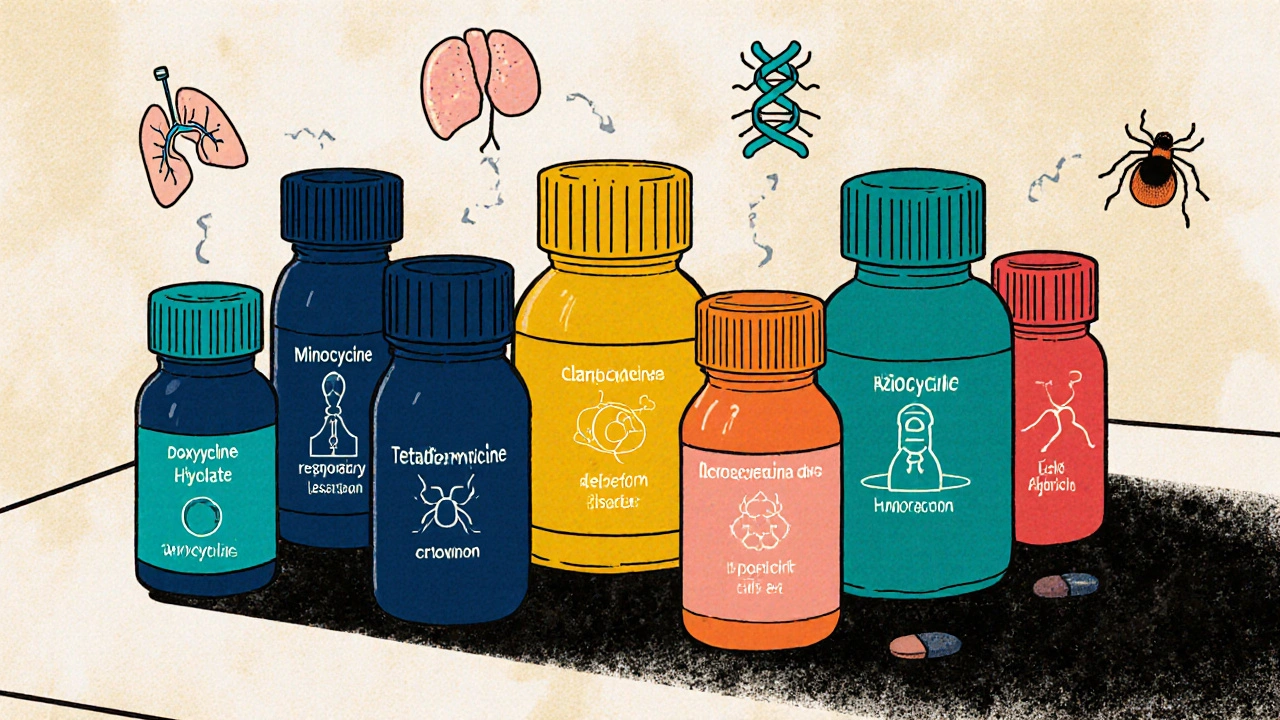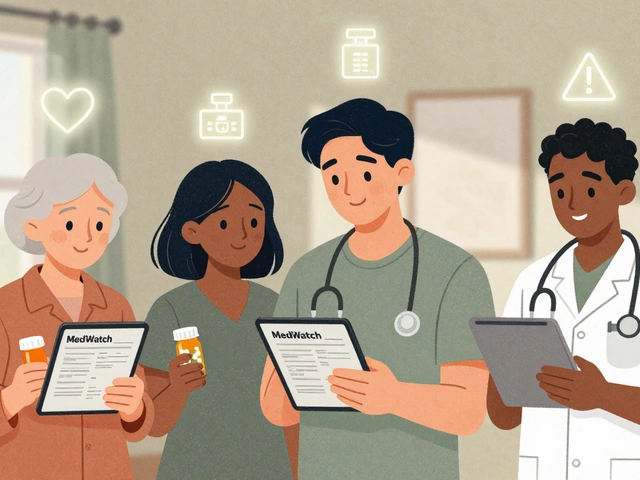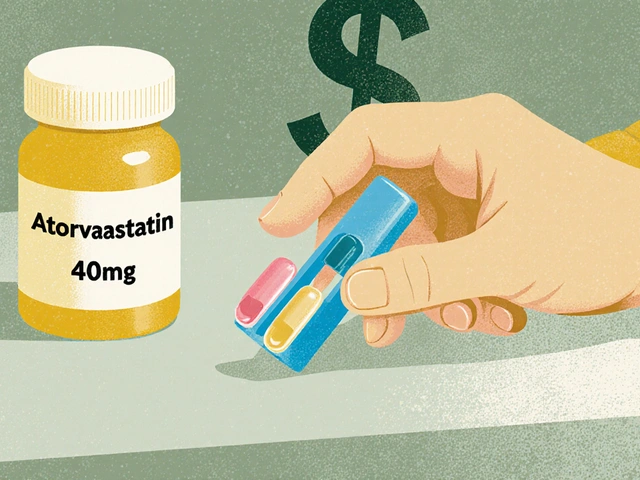Antibiotic Side Effects: What You Need to Know Before Taking Them
When you take an antibiotic, a medicine designed to kill or slow the growth of bacteria. Also known as antibacterial agents, they’re one of the most common prescriptions worldwide—but they’re not harmless. Many people think antibiotics are like painkillers: take a pill, feel better. But they’re more like a sledgehammer in a delicate system. While they target harmful bacteria, they also wipe out the good ones—especially in your gut—and that’s where most side effects start.
Common side effects include diarrhea, nausea, and yeast infections. These aren’t rare flukes—they happen in up to 1 in 5 people. Why? Because antibiotics don’t pick and choose. They hit everything in their path. A sulfonamide allergy, a reaction to certain antibiotics like Bactrim or Septra, can cause rashes, fever, or even life-threatening swelling. And even if you’ve never had one before, you can develop it after repeated use. Then there’s antibiotic resistance, when bacteria evolve to survive the drugs meant to kill them. This isn’t science fiction—it’s why some infections now need stronger, more toxic antibiotics just to treat them.
Antibiotics also play hide-and-seek with other meds. A drug like clavulanic acid, often paired with amoxicillin to fight resistant bacteria, can change how your body processes other prescriptions. If you’re on blood thinners, antidepressants, or even birth control, an antibiotic might make them less effective—or more dangerous. That’s why doctors need to know everything you’re taking, not just the big stuff.
And let’s not forget the gut. Antibiotics don’t just cause loose stools—they can throw off your microbiome for months. Studies show that even a single course can reduce beneficial bacteria by up to 90%. That’s not just a digestive issue. Your gut talks to your immune system, your brain, your skin. When it’s out of balance, you might get more infections, mood swings, or skin flare-ups. It’s not just about the pill you take today—it’s about what happens next week, next month.
You won’t find every possible side effect listed here, but you’ll find the ones that actually matter. Below, you’ll see real cases: how one person’s rash turned out to be a cross-reactive allergy, why a simple UTI antibiotic left someone with chronic yeast infections, and how a common combo like amoxicillin-clavulanate can cause trouble in kids. These aren’t rare exceptions. They’re the hidden costs of a pill many take without thinking. What you learn here could help you ask the right questions, avoid unnecessary risks, and protect your health long after the infection is gone.










